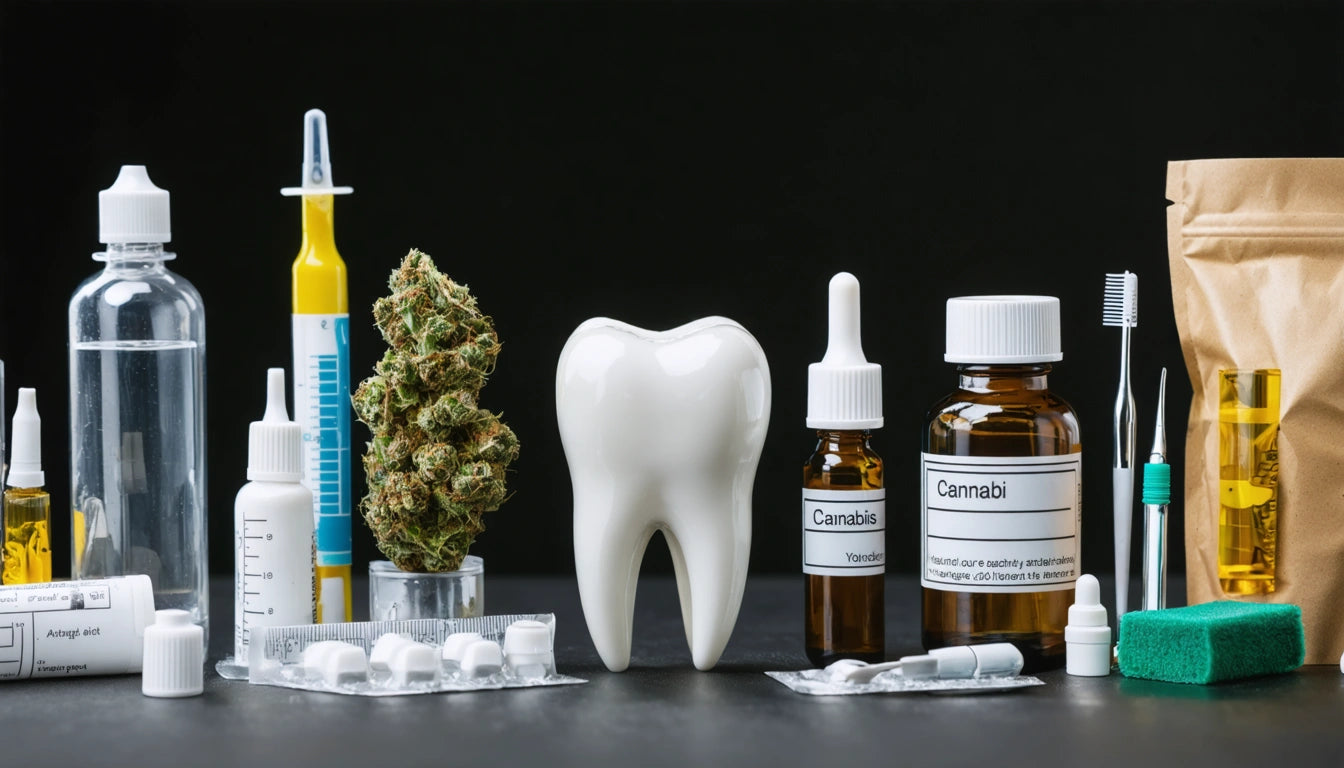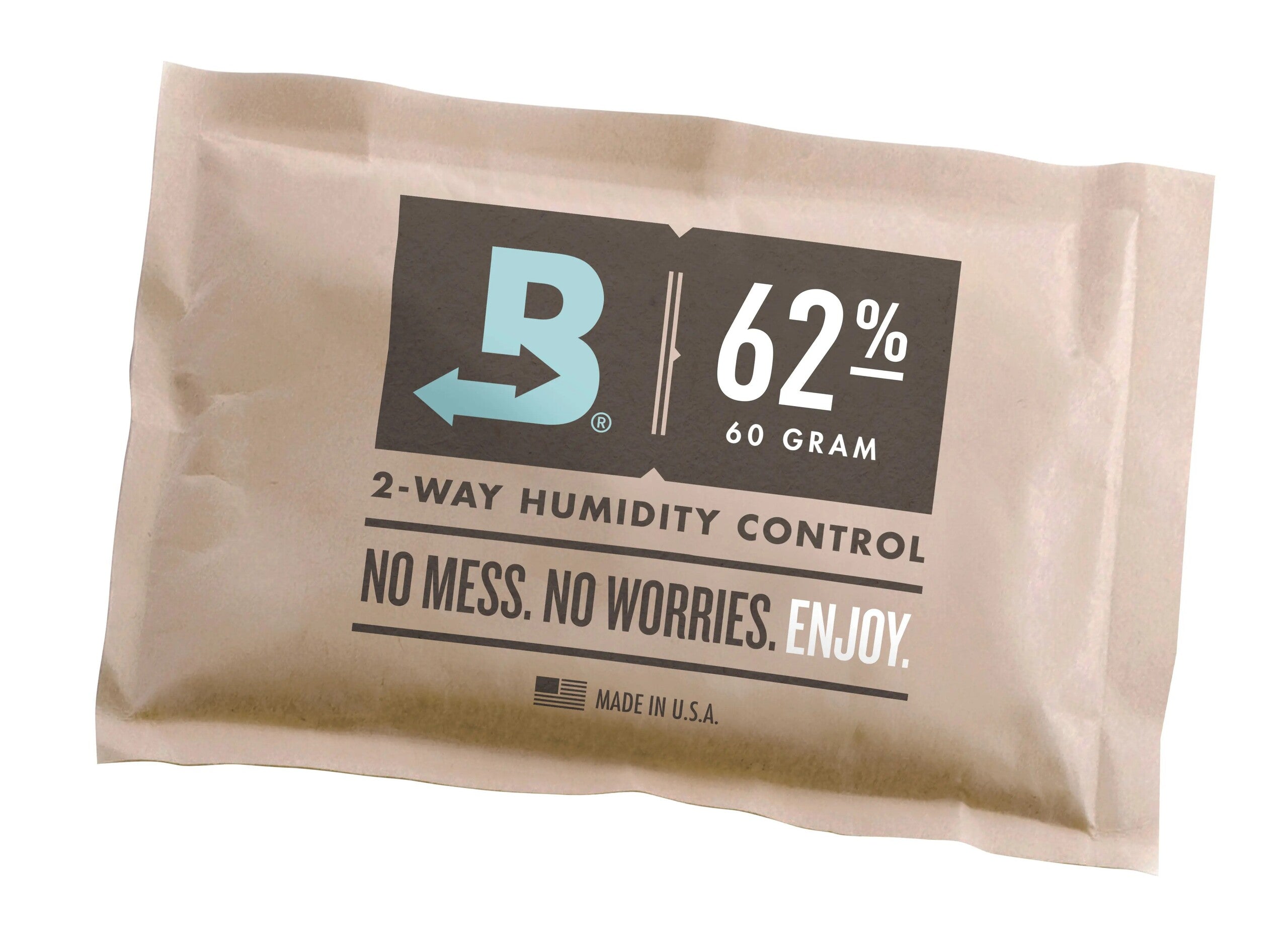Can Hemp Packaging Meet CR & FDA Requirements?
As the cannabis and hemp industries expand, manufacturers face increasing pressure to develop packaging solutions that satisfy regulatory requirements while addressing sustainability concerns. Hemp-based packaging has emerged as a potential alternative to traditional plastics, but questions remain about its ability to meet both child-resistant (CR) standards and Food and Drug Administration (FDA) requirements.
Understanding Hemp Packaging Materials
Hemp packaging encompasses several material types, each with distinct properties and applications. The most common forms include:
- Hemp-based bioplastics
- Hemp paper and cardboard
- Hemp composite materials
- Hemp cellulose films
According to research on hemp-based plastics, these materials can be engineered to possess various characteristics, from rigid structures suitable for containers to flexible films for wrapping. The versatility of hemp as a packaging material stems from its fibrous composition and adaptability in manufacturing processes.
Child-Resistant Requirements for Hemp Packaging
Child-resistant packaging represents a critical safety measure for products that may pose health risks to children. Federal regulations governing child-resistant packaging require that packages be significantly difficult for children under five to open while remaining accessible to adults.
Hemp packaging must meet these stringent requirements through:
- Push-and-turn mechanisms
- Squeeze-and-pull designs
- Special locking features
- Multi-step opening processes
The challenge lies in creating these mechanisms using hemp-based materials that may not inherently possess the same structural properties as synthetic plastics. However, recent innovations have demonstrated that hemp composites can be engineered to achieve the necessary rigidity and functionality for child-resistant features.
FDA Compliance Considerations
Beyond child resistance, hemp packaging must also satisfy FDA requirements when used for food, supplements, or medicinal products. The primary FDA concerns include:
Food Contact Safety
For hemp packaging to be FDA-compliant, it must be deemed safe for food contact. This means the material cannot leach harmful substances into the product. FDA approval for hemp packaging requires thorough testing to ensure no migration of unwanted compounds occurs during storage.
Material Purity Standards
Hemp cultivation practices impact the final packaging material's purity. The FDA scrutinizes potential contaminants from agricultural processes, including pesticides and heavy metals. Manufacturers must source hemp from certified growers who follow strict cultivation protocols to ensure the resulting packaging meets FDA standards.
Labeling Requirements
Proper labeling represents another crucial aspect of FDA compliance. Hemp-derived product labeling must adhere to specific guidelines regarding ingredient disclosure, warnings, and usage instructions. The packaging itself must support these labeling requirements while maintaining its structural integrity.
Hemp Packaging Formats Meeting Dual Requirements
Several hemp packaging formats have successfully addressed both child-resistant and FDA requirements:
Hybrid Solutions
Many effective designs combine hemp-based materials with small components made from other materials to achieve child resistance. For example, a hemp cardboard box might incorporate a plastic locking mechanism that satisfies CR testing while maintaining a predominantly plant-based composition.
Reinforced Hemp Composites
Advanced manufacturing techniques can create reinforced hemp composites with enhanced structural properties. These materials can be molded into child-resistant containers that pass the required testing protocols while still offering improved sustainability compared to conventional plastics.
Multi-layer Systems
Some manufacturers employ multi-layer approaches where hemp-based materials provide the primary structure, while food-safe liners ensure FDA compliance. This strategy addresses both requirements without compromising on the sustainable aspects of hemp packaging.
According to industry analysis of hemp packaging formats, bottles, tubes, and boxes made from hemp composites show particular promise in meeting regulatory standards while offering genuine sustainability benefits.
Balancing Compliance with Sustainability
While hemp packaging offers environmental advantages, manufacturers must carefully balance compliance requirements with sustainability goals. Several considerations influence this balance:
- The energy intensity of processing hemp into packaging materials
- The need for additional components to achieve child resistance
- End-of-life considerations for hybrid packaging solutions
- Supply chain reliability for consistent quality control
Despite these challenges, research on hemp packaging sustainability indicates that properly designed hemp-based solutions can deliver meaningful environmental benefits while meeting regulatory requirements.
The future of hemp packaging in regulated industries depends on continued innovation in material science and manufacturing processes. As technologies advance and regulatory frameworks evolve, hemp-based materials will likely play an increasingly important role in creating compliant, sustainable packaging solutions for cannabis, hemp, and other controlled products.











Leave a comment
All comments are moderated before being published.
This site is protected by hCaptcha and the hCaptcha Privacy Policy and Terms of Service apply.